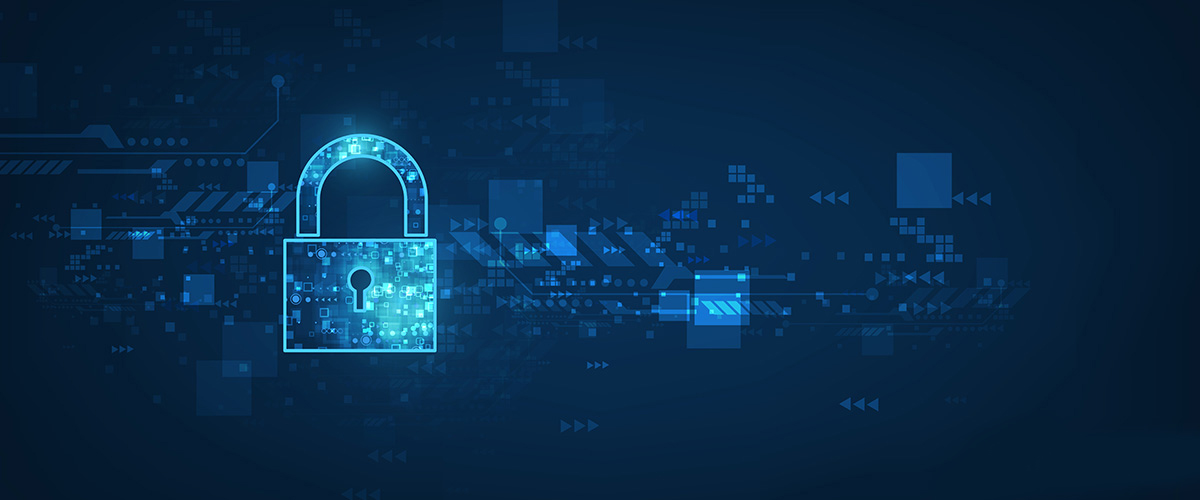Buying bitcoins is commonplace today. But suppose you want to pay a lot of money to buy it, and you have to save the transaction receipt of each purchase and be careful of the subsequent follow-up. How can you do that? You will probably need a blockchain transaction id. Each transaction id is a hashed address of the transaction information that you did in the blockchain.
You may ask, how can I find my blockchain transaction id to buy and sell digital currency? Here are some ways to find the blockchain transaction id as quickly as possible.
How to Find Transaction ID?
There are a variety of tools you can use to find the blockchain transaction id. One of the best tools for recovering transaction IDs is to use Blockchain Explorer. This tool helps you find transaction information based on the sender or recipient’s time, price, and address.
Choose a Transaction from Your Wallet
The first thing to remember is that you can also find the transaction id on your digital wallet. First, open your wallet and go to the Transactions section. If you click on the transaction, a hash string is displayed, which is transaction id.
You can retrieve the full details of a transaction, regardless of the wallet software or crypto exchange you made your purchase or sale. Each digital currency traded leaves a transaction id in the blockchain that you can access.
Find the Transaction ID
Every bitcoin or other cryptocurrency transaction has a transaction ID, abbreviated TXID. This identifier is a personal authentication code that exists for each transaction. Each transaction ID is displayed as a hash code and is unique.
The original Bitcoin wallet provides users with a TXID for each transaction. But other exchanges, such as Litecoin, should follow suit. To get TxID in other blockchains, you have to look for transaction hash code strings with different characters. But if you still can not find this string of transaction ID codes through a unique wallet, you can get help from Block Explorer.
Find the Transaction ID in Block Explorer
If you are in the Bitcoin wallet, you can click on the view on the Blockchain option to go to the Blockchain Explorer page and view your desired transaction with the transaction ID number.
If you are not on the Bitcoin wallet, you will need to find it in Block Explorer using the transaction date, the sender’s address, or other information.
Depending on the wallet you use, a different number of confirmations are displayed. Each confirmation shows a different path to a completed or canceled transaction; however, if you have sent the coin to another wallet, at least six confirmations will be made on it.
Time ranges also vary from one wallet to another. People as miners in each blockchain have the task of confirming transactions, so if many people use the network simultaneously, the probability of confirming your transaction will increase. Confirmation of a transaction can take from one minute to several hours.
If you were looking for a transaction and then saw a no Transaction Found error, the transaction was not completed. But if you are sure of doing so, you should contact your digital wallet support system and let them know.
Why do we need Transaction ID in blockchain?
There are many reasons to request a Blockchain transaction ID, including the following.
Watching Delayed Transactions
If a transaction is delayed and not done, you must follow its status with the Transaction ID. If you can find your transaction in Block Explorer and see its details, you can determine whether your transaction was completed or failed.
Providing Proof of Sending
Suppose you shop online from a store and pay with cryptocurrencies. The seller will sometimes ask you for a transaction confirmation receipt, for which you will need a Transaction ID based on which to search for the transaction and deliver it to the seller.
What happens if I can’t find the transaction in Block Explorer?
If your transaction is not found in Block Explorer, you should first check if you performed the transaction on the identical blockchain or if another blockchain accepted your transaction?
Suppose you are looking for a TXID of a Bitcoin transaction, but you have made your purchase with Bitcoin Cash. So you can not find the transaction in Block Explorer.
What happens if I send the transaction to the wrong address?
One of the biggest problems in digital currencies due to decentralization is that if you mistranslate a transaction to another address, it will be challenging to return it.
If you have done your transaction in a blockchain with a robust support system and you have proof that you have sent the transaction to the wrong address, the support system may return the transaction to you. Technically, with some wallets and their support system, you can return bitcoins that have been misplaced.
If you send bitcoins to the wrong address without the use of exchanges or unique wallets, there is, unfortunately, no way back, as there is no centralized system for controlling the transactions you send.
Another problem is that if you send bitcoins to the wrong address and you do not know what wallet it belongs to, it is possible that the address does not belong to anyone, and your bitcoin will disappear altogether.
However, if you mistakenly send to the address of a generous and kind enough person to return the bitcoin sent to you, you will succeed. Of course, this event is improbable to happen.
Therefore, before making any transaction, check the recipient’s address twice to avoid any problems. This eliminates the need for days of running to get your bitcoins back.
Conclusion
Each transaction has a transaction ID in its blockchain through which various transaction information can be received. This information is crucial to track the transaction and provide evidence to the seller accepting the digital currency payment system. The transaction Id in each blockchain is a hash code that has many uses.
